Everybody’s heard of whey protein.
But what most people haven't heard of are the "udderly" superior effects this bovine protein powerhouse can have on muscle protein synthesis, recovery, weight management, and more.
When it comes to essential amino acid (EAA) content, digestibility, and calories, whey is in a league of its own.
Here are 8 reasons you should add whey protein to your diet.
Whey Has the Highest Ratio of EAAs
Amino acids are the building blocks of protein—and thus, deliver nearly all of the benefits often attributed to protein. EAAs are especially important, as your body can’t make them on its own, and you must get them from your diet.
Therefore, finding a protein source that has a “complete protein profile” with adequate levels of all 9 EAAs is going to give you the best bang-for-your-buck in terms of health benefits—especially when it comes to muscle protein synthesis, body composition, and athletic recovery.
Sure, there are certainly other protein powder sources that are “complete”: milk, casein, egg, to name a few.
But whey contains the highest levels of all 9 EAAs of any other protein source (43%).¹
And that’s not all.
Superior Protein Quality & Digestibility
Historically, protein quality has been ranked using the Protein Digestibility-Corrected Amino Acid Score (PDCAAS). Using the PDCAAs, whey protein has the highest value any protein can achieve (1.0), meaning it provides 100% (or more) of all the amino acids required in the diet.
However—the PDCAAS is capped at 1.0—so other inferior protein sources such as soy protein, eggs, and casein are all also given a score of 1.0...
Due to these limitations and confusion caused by the PDCAAS, experts have started using a different method for protein quality scoring: the Digestible Indispensable Amino Acid Score (DIAAS).
Now, we won’t get into the minute differences in protein scoring techniques here, but essentially the DIAAS looks at ileal digestion as opposed to fecal digestion, and it allows for a score to go above 1.0 to see the true differences in quality.
All that to say, according to the newer DIAAS protein quality method, whey protein (isolate and concentrate) has the highest “protein quality” of any other protein source.
In other words, the amino acids in whey are absorbed more quickly and efficiently by the body than any other protein source.
Nutrient Density
Finally, not only is whey rich in protein and amino acids, but it also provides a vast array of bioactive components that have their own unique health benefits.
Some of the nutritious and beneficial compounds in whey include:
- Cysteine, an amino acid that can enhance glutathione levels and antioxidant function.²
- Lactoferrin, a beneficial protein for the immune system, gut health, and bone health.³
- Lactoperoxidase, a protein with anti-microbial benefits.³
- Immunoglobulins, immune-building proteins that support overall health, athletic performance, and gut health.⁴
- Growth factors, such as IGF-1, IGF-2, platelet-derived growth factor, fibroblast growth factor, and others that promote muscle growth.⁴
- Bioactive peptides like ACE-inhibitory peptides and lactoferricin that have a wide range of health benefits in the body.⁴
- Prebiotics that can boost gut health and microbial diversity, such as galactooligosaccharides.⁴
Not too shabby, huh?
Highest Amounts of Leucine
Leucine is the most important amino acid when it comes to stimulating muscle growth and repair. This star of the amino acids show:
- Increases the rate of muscle protein synthesis⁵
- Regulates the production of anabolic endocrine hormones⁶
- Stimulates the release of insulin, which enhances the uptake of other amino acids and suppresses muscle protein breakdown⁷
- Modulates the mTor pathway, the cell survival pathway that monitors the availability of nutrients, cellular energy, and oxygen levels, triggering muscle hypertrophy (an increase and growth of muscle cells)⁵
In fact, a specific lack of leucine may be why plant-based proteins don’t have as much of a profound effect on building muscle when compared to leucine-rich animal proteins.¹
Whey has the highest leucine content (per gram) than any other protein source.¹
For example, 25 grams of whey protein provides enough leucine to stimulate muscle protein synthesis (2.7 grams)—while, on the other hand, you would need to consume twice that amount (54 grams) of hemp protein for the same amount of leucine.
Between its amino acid profile, protein quality and digestibility score, leucine content, protein-to-calorie ratio, and long list of additional nutrients—it’s pretty dang hard to beat out good ol’ whey protein.
The Science-Backed Benefits of Whey Protein
When diving through the research, you’ll find dozens of benefits of whey isolate—from promoting muscle protein synthesis and lean muscle growth to being the ultimate recovery shake ingredient.
It’s even a perfect option for satiety and healthy weight management.
Increases Muscle Protein Synthesis (MPS) & Lean Muscle Growth
When you exercise, your muscles get damaged temporarily. If you have enough protein onboard, your body will initiate muscle protein synthesis (MPS) to repair and rebuild your muscles—making them stronger, and oftentimes bigger, too.
If you don’t have enough protein, however, your body undergoes muscle protein breakdown (MPB) and you lose muscle mass.
So if you want to build muscle, you need protein.
Whey protein, rich in all 9 EAAs—especially leucine—is one of the best protein sources for increasing MPS and the growth of lean muscle.
- Twenty grams of whey protein isolate has been shown to maximally stimulate muscle protein synthesis.⁸
- Thirty grams, 2x/day was shown to stimulate muscle protein synthesis significantly better than collagen—with and without resistance exercise.⁹
- Twenty grams of whey protein taken after exercise significantly increased skeletal muscle mass, grip strength, and gait speed in healthy older women with sarcopenia.¹⁰
- When combined with resistance exercise, whey protein significantly increases lean body mass.¹¹
Supplementing with 20 grams of whey protein, especially when combined with and consumed after resistance training, can significantly improve muscle protein synthesis and lean muscle mass.
Enhances Athletic Recovery
Still chugging chocolate milk after your workouts to speed recovery?
Time to put down the Yoo-hoo and pick up the whey protein.
Studies show that whey protein is a more effective post-workout recovery aid (not to mention lower sugar and less mucus-inducing).
- Consuming 25 grams of whey protein after strenuous resistance exercise was shown to improve whole-body net protein balance and overnight performance recovery.¹²
- A recent meta-analysis also found overall positive effects of whey protein on the recovery of muscle function following resistance exercise.¹³
The recovery benefits of whey protein are likely due to its high level of EAAs, which are incredibly effective for repairing damaged muscle and attenuating muscle soreness.
Promotes Satiety and Healthy Weight Management
Whey protein can also be a tool for supporting healthy weight management, specifically in its ability to reduce appetite and improve glucose metabolism (not to mention its ability to build metabolism-boosting muscle as previously covered).
Whey protein has been shown to decrease hunger, the desire to eat, and food consumption in obese adults.
- After 12 weeks, body fat was significantly reduced compared to controls.¹⁴
- It has also been shown to significantly moderate blood glucose levels 30 minutes post-consumption.¹⁵
- When used as a supplement combined with resistance exercise or as part of a weight-loss or weight-maintenance diet, whey protein has also been shown to improve body composition parameters.¹⁶
Whether by satiating your appetite so you eat less, improving your glucose metabolism so you store less fat, revving up your metabolism with increased lean muscle—or perhaps a combination of all three—whey protein appears to have beneficial effects on maintaining a healthy weight and body composition.
Summary
It’s easy to see why whey protein has reigned supreme in the health and fitness world for so long.
With one scoop of whey, you can turn any glass of water, milk, juice, etc. into the ultimate performance and recovery shake to fuel your body with:
- All 9 EAAs
- More leucine for MPS
- Nutrients like cysteine, lactoferrin, immunoglobulins, growth factors, bioactive peptides, and prebiotics
Just be sure to consume a high-quality whey protein like Kion Clean Protein in order to get the maximum benefits.
Kion Clean Protein is truly the cream of the crop of whey proteins because it is:
- Sourced Exclusively From Grass-Fed Cows - Grass-fed cows produce a uniquely nutrient-dense, protein-rich, delicious whey. Not only that, Kion Clean Protein is non-GMO, antibiotic-free, and growth hormone-free.
- Tested for Toxins - We rigorously test all of our products for toxins like heavy metals and other contaminants to ensure you’re getting the purest, safest product possible.
- Virtually Free of Lactose - Compared to other types of whey, isolate is incredibly low in lactose, and most folks with lactose intolerance find they can tolerate it with no issues (if you have a dairy allergy, that’s a different story, however).
- Delicious! Whether it’s Rich Chocolate or Smooth Vanilla, Kion Clean Protein is made with with organic, natural flavor, Himalayan pink salt, and stevia for an unparalleled velvety, rich taste. There’s also Purely Unflavored, which goes great with just about anything.
Kion Clean Protein—Pure, Grass-fed Whey Protein Isolate
Buy NowScientific Research
- https://www.ncbi.nlm.nih.gov/pmc/articles/PMC6245118/
- https://www.ncbi.nlm.nih.gov/pmc/articles/PMC3905294/
- https://www.jpeds.com/article/S0022-3476(16)00298-5/fulltext
- http://www.euromilk.org/fileadmin/user_upload/Public_Documents/Wheyforliving/The_history_of_whey/Whey-ing_up_the_options.pdf
- https://pubmed.ncbi.nlm.nih.gov/26255285/
- https://pubmed.ncbi.nlm.nih.gov/23724889/
- https://pubmed.ncbi.nlm.nih.gov/15930468/
- https://academic.oup.com/ajcn/article/99/1/86/4577382
- https://www.ncbi.nlm.nih.gov/pmc/articles/PMC7049534/
- https://onlinelibrary.wiley.com/doi/10.1111/ggi.13499
- https://www.tandfonline.com/doi/abs/10.1080/07315724.2013.875365
- https://www.ncbi.nlm.nih.gov/pmc/articles/PMC5537849/
- https://www.ncbi.nlm.nih.gov/pmc/articles/PMC5852797/
- https://pubmed.ncbi.nlm.nih.gov/28730743/
- https://pubmed.ncbi.nlm.nih.gov/26987021/
- https://pubmed.ncbi.nlm.nih.gov/24724774/
* These statements have not been evaluated by the Food and Drug Administration. This product is not intended to diagnose, treat, cure, or prevent any disease.
© 2022 Kion. All rights reserved.



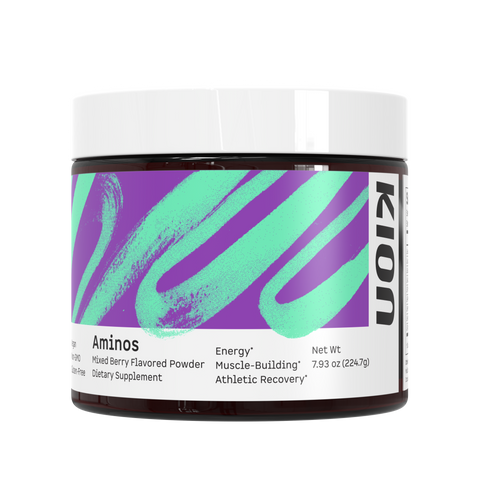
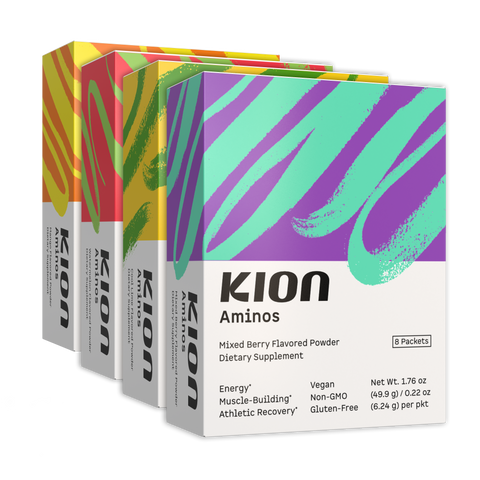
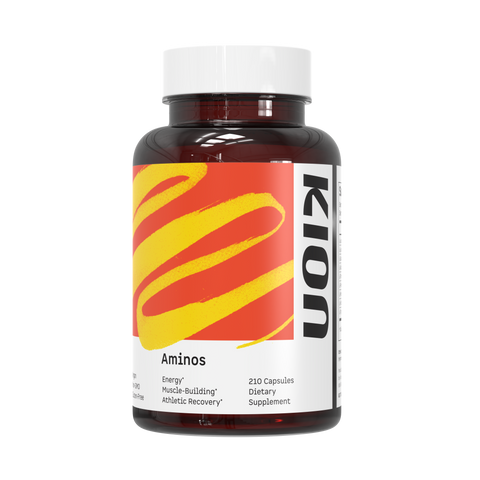
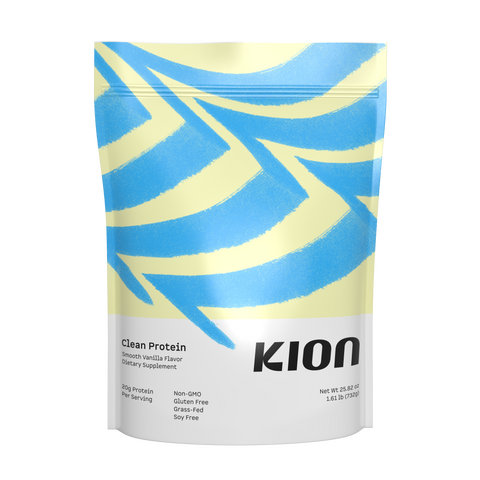
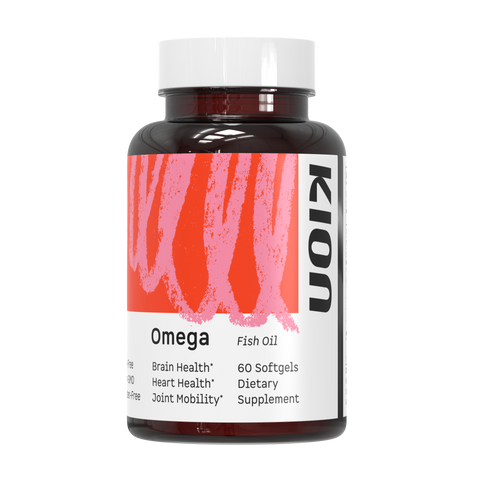
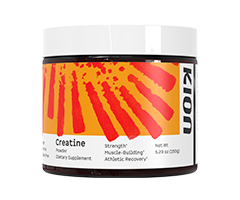
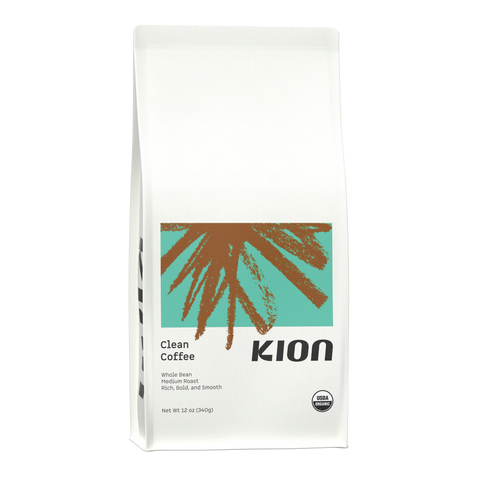
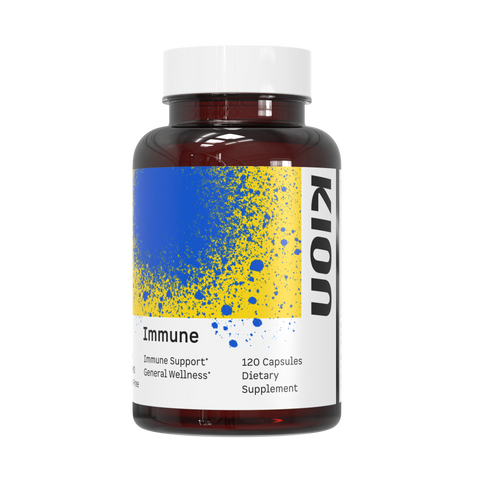
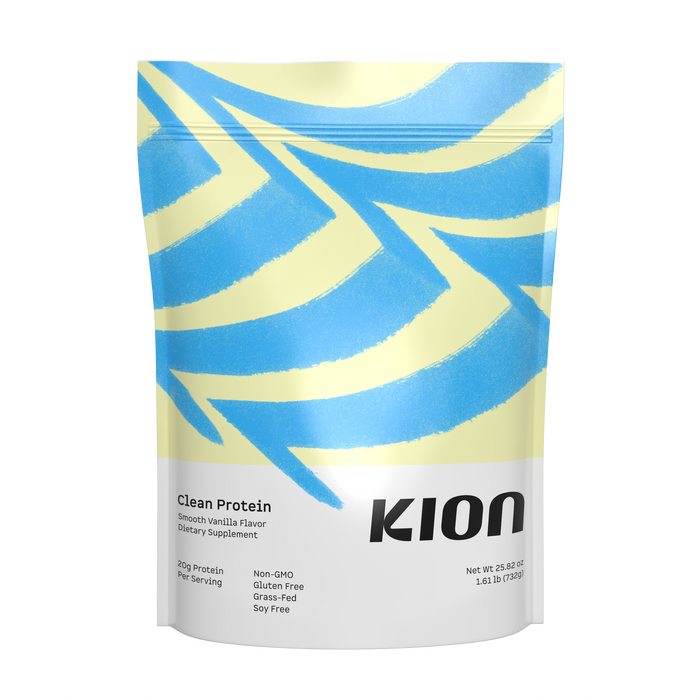
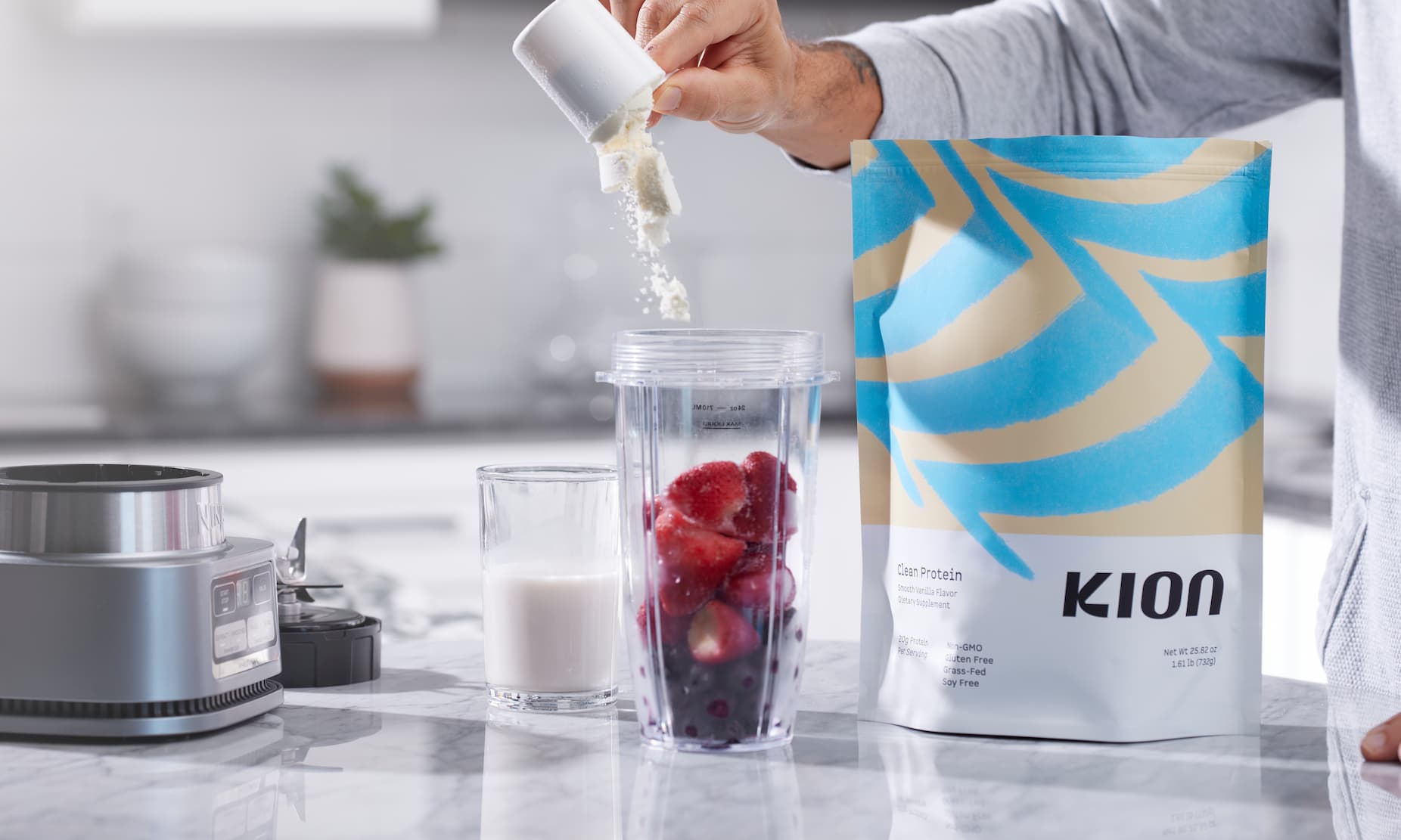



Comments
Where is this product manufactured.
Thank you.
———
Kion replied:
The entire Kion product line is produced and 3rd party tested in the United States.
Sandee on
Looooove your protein! The vanilla is 👌🏼 and have already seen a major difference!
I do have have a question through, are you able to provide the macro breakdown? I can see the protein and fat..but the carbs are counting me off!
———
Kion replied:
Kion Clean Protein is not a significant source of carbohydrate. Carbohydrate contents per serving range from 2g for Chocolate to less than 1g/serving for both Vanilla and Unflavored.
Hedalyn van Wyk on
I make my own kefir from raw got milk, then I strain it to make kefir cheese… the liquid that separates out is whey… can I just drink that and get same benefits as from drinking your whey product?
———
Kion replied:
The primary difference is going to be that our isolate is filtered to further separate the whey from the casein protein. This process also removes the majority of milk fats. Other than that, what you have on your hands is an excellent source of protein.
Sharon on
Why do you use soy lecithin in your Clean Protein?
———
Kion replied:
Whey protein, as with many isolated proteins, are naturally hydrophobic, requiring an emulsifying agent to allow it to mix with water. For this purpose, Kion chose *sunflower lecithin *(not soy) as it is widely regarded as the healthier alternative.
Marcos on